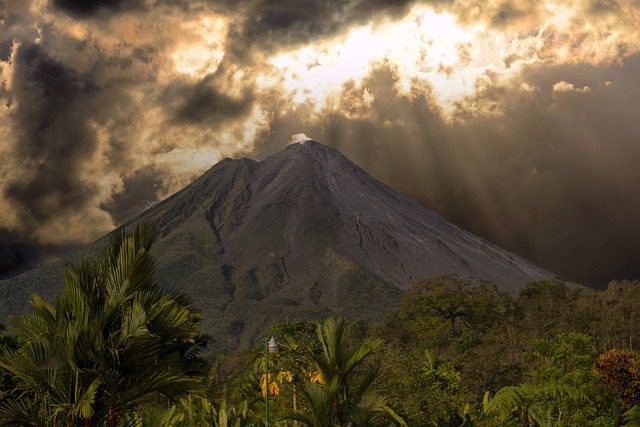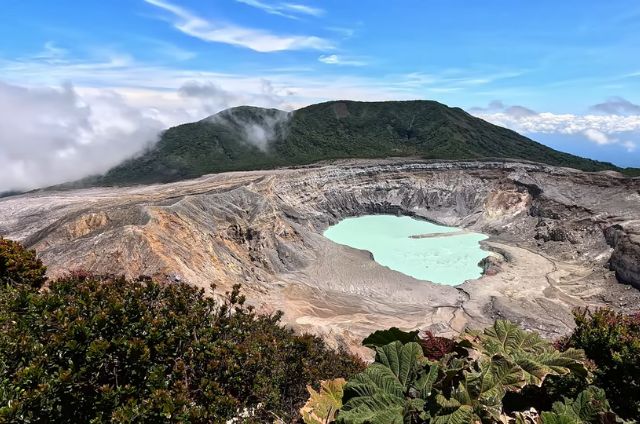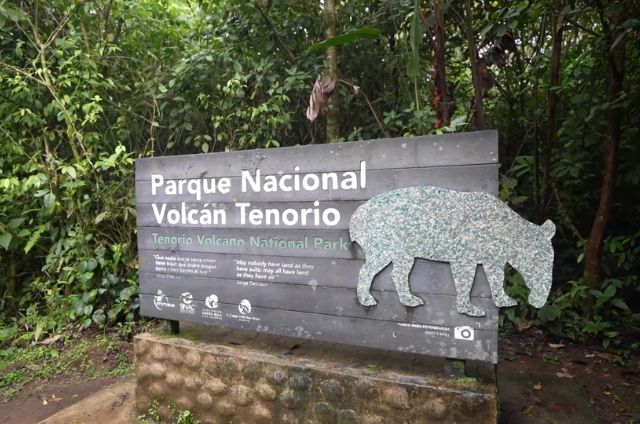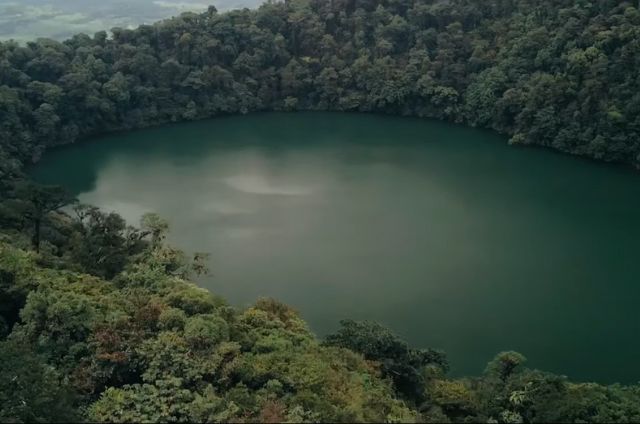Costa Rica is one of the most biodiverse countries in the world. Tourism is a major part of Costa Rica’s economy. Millions of visitors come to this beautiful country every year! The country is also known for its diverse indigenous cultures, including the Bribri, Cabécar, and Ngäbere. It is all reflected through their music, dance, and cuisine.
Costa Rica has over 200 volcanic formations, some of which are safe to hike in. Here are 8 top volcano hikes in Costa Rica.

Arenal Volcano is 5,358 feet (1,633 meters) tall and has a 460-foot (140-meter) wide crater. Arenal is known for its almost perfect conical shape and amazing views! Arenal is part of an important watershed, supplying hydroelectric power to the region through the Arenal Lake Reservoir.
Arenal was Costa Rica’s most active volcano, erupted regularly from 1968 to 2010. The 1968 eruption devastated nearby towns, but the eastern town of La Fortuna was left unharmed. Arenal is considered a young volcano, with geological evidence dating its activity back over 7,000 years.
The Arenal Volcano National Park offers many hiking trails. The difficulty level and terrain of the hike vary so that hikers of all skill levels can experience this. Arenal has 3 main hiking trails.
Hikers have a chance to spot wildlife like deer, monkeys, and a variety of birds along the trails. Hiking time and distance can range from 2-4 hours, depending on the trail and your pace.
The best time to hike Arenal is during the dry season (December to April), when the weather is more stable.
Note: Keep a safe distance from the active vent, and be prepared to turn back if the volcano shows signs of increased activity.
Find the yummiest spots to eat in La Fortuna! Enjoy tasty Costa Rican dishes at great restaurants and cozy local eateries, making your dining experience unforgettable.

Rincon de la Vieja literally translates to “Corner of the Old Woman.” It is situated in northwestern Costa Rica and is an active andesitic complex volcano. Rincon de la Vieja Volcano is 6,286 feet (1,916 meters) tall and is the highest point in Rincon de la Vieja National Park.
The volcano has fumaroles bubbling mud pots. It also has geothermal energy potential, which is being used for renewable power generation.
Rincon de la Vieja National Park has many hiking trails. Here are the top 3 options for you.
Hikers can see a variety of wildlife, such as sloths, tapirs, monkeys, and big cats, within the park’s montane and cloud forests. Generally, it is safe to choose guided hikes here as it is difficult to navigate. This way, you can also learn about the volcano’s geology, ecology, and local legends.
Rincon de la Vieja has a long history of volcanic eruptions. The most recent activity occurred in 2021 and 2023. So, due to ongoing volcanic activity, access to the crater is currently restricted, and trails may be temporarily closed for safety.

Poas Volcano is 8,848 feet tall (2,697 meters). It is a stratovolcano located within Poas Volcano National Park in central Costa Rica. Poas Volcano is the second-highest active volcano in Costa Rica. The Poas crater is an IUGS Geological Heritage Site, recognized for its scientific importance as a “type example” of an active crater lake complex.
The volcano has 2 cater lakes. One is the highly acidic Laguna Caliente and the other is the clear, cold Lake Botos. Poas Volcano has erupted over 40 times since 1828. There was a major eruption in 2017 that led to the national park being closed for nearly 17 months.
Poas Volcano Hike has many trails. The 2 main trails are as follows.
While many other trails were once open, most have been closed due to safety concerns from volcanic activity, with only the two main trails consistently accessible.
Visitors have to make an online reservation to enter the national park. The time allowed at the crater observation area is also very limited.
The volcano is part of the Cordillera Central mountain range. It is also located near the epicenter of a deadly 2009 earthquake.
Poas Volcano is known for its geyser-like eruptions of crater lake water and the release of toxic gases that can irritate eyes and lungs.
Note: The high elevation of Poas can cause altitude sickness, so be mindful of your body’s response and take breaks as needed.

Tenorio Volcano is located in the Tenorio Volcano National Park in Guanacaste region. The ecosystem here is so diverse. You can find rainforests, cloud forests, bridges, and the blue waters of the Rio Celeste. Tenorio Volcano hike is a mountainous and cloud forest ecosystem.
Hikers have the opportunity to see wildlife such as sloths, tapirs, monkeys, and big cats. Tenorio National Park is connected to the Tapir Valley Nature Reserve, where you can find the rare Tapir Valley tree frog. There are various trails that you can choose from. The 2 main trails are as follows.
It is best to take a guided tour for safety, as it’ll let you learn about the volcano’s geology, ecology, and local legends. Be prepared for different weather conditions, from heavy rainfall to hot, sunny days, because of the ecosystem.
On your Tenorio Volcano hike, add a stop at the Rio Celeste Waterfall or a soak in the nearby natural hot springs.

Chato Volcano is also known as Cerro Chato. It is an inactive and dormant volcano located near the base of the more famous Arenal Volcano. The crater of Chato Volcano is 500 meters wide and is filled with a green lake called Laguna Cerro Chato.
The volcano is believed to have last erupted around 3,500 years ago, during the Pleistocene period.
The Costa Rican government has officially closed the trail to the Chato Volcano crater. It is illegal to hike to the top. Before closing, the Chato Volcano hike was considered very challenging. The trial was dangerous, especially in wet weather. It caused significant environmental damage, leading to the closure.
Even though it is closed, some local guides still offer unauthorized “at your own risk” hikes to the Chato Volcano crater. Attempting the Chato hike means navigating an unmarked, remote, and potentially dangerous jungle trail.
Note: Make sure you obtain proper permits and hire an experienced local guide to hike Chato Volcano.
Embark on a journey to Costa Rica’s top natural wonders! Explore breathtaking rainforests, stunning beaches, majestic volcanoes, and diverse wildlife for an unforgettable adventure in paradise.
All fun and games are apart, so be safe and make sure hiking on any such dangerous trail is legal. Be well-prepared before you go on any volcano hike! Costa Rica is a beautiful country.
Costa Rica has over 25% of its land area protected as national parks and wildlife reserves. The country has also reversed deforestation, with over 50% of its land area now covered in forests. What does that all say? Costa Rica is one of the most biodiverse countries in the world. So make sure not to hinder their progress.
Costa Rica is also consistently ranked as one of the happiest countries in the world. And who doesn’t like the taste of that happiness, along with some fresh air from the volcano hikes?
Be safe and have fun!
Counter
101 Countries • 1432 Cities